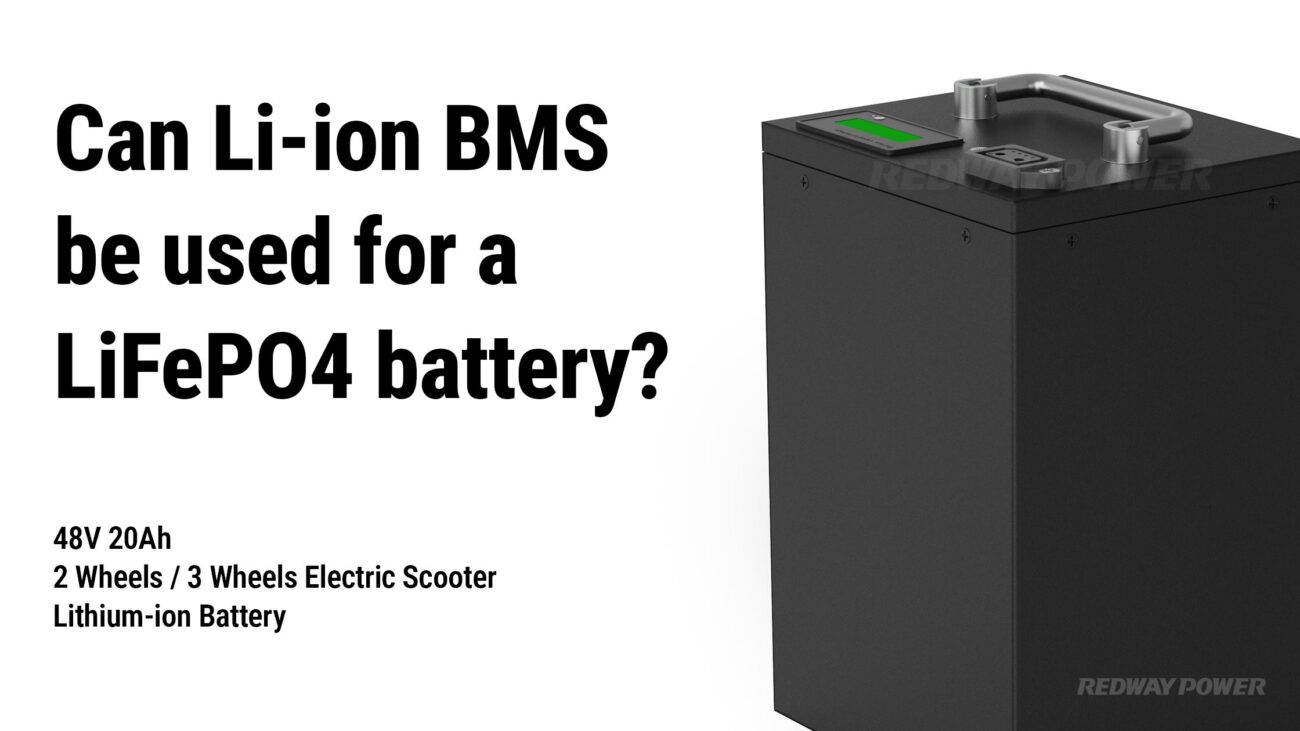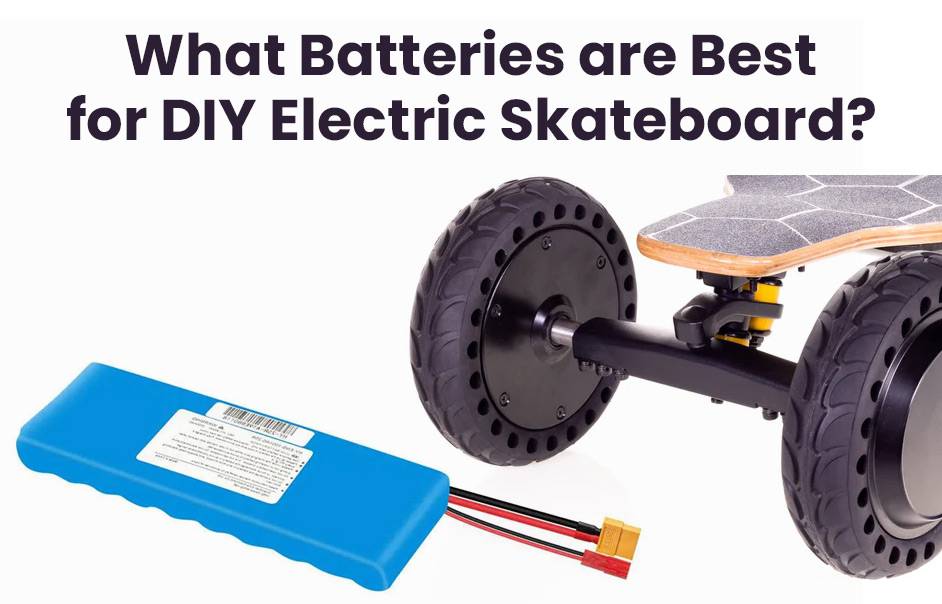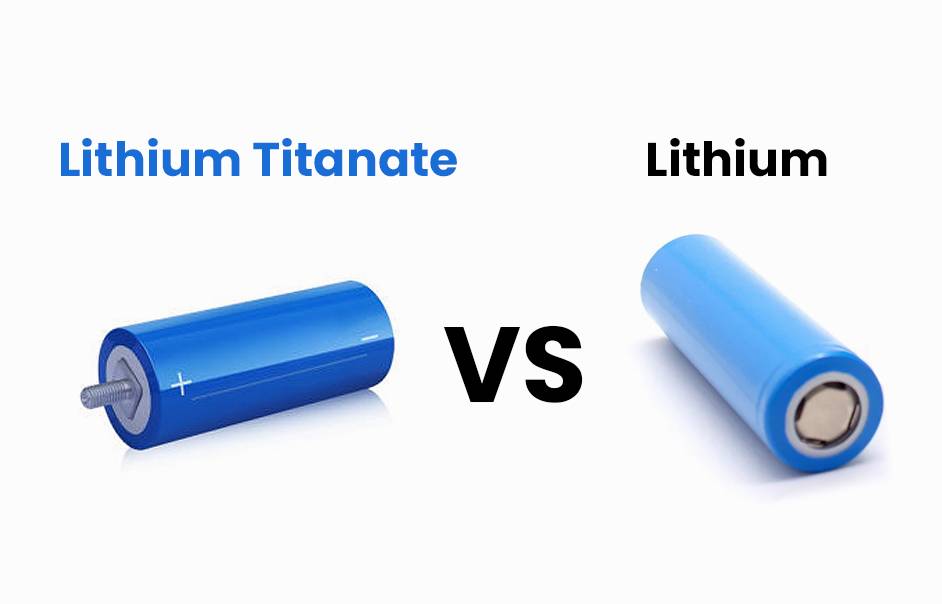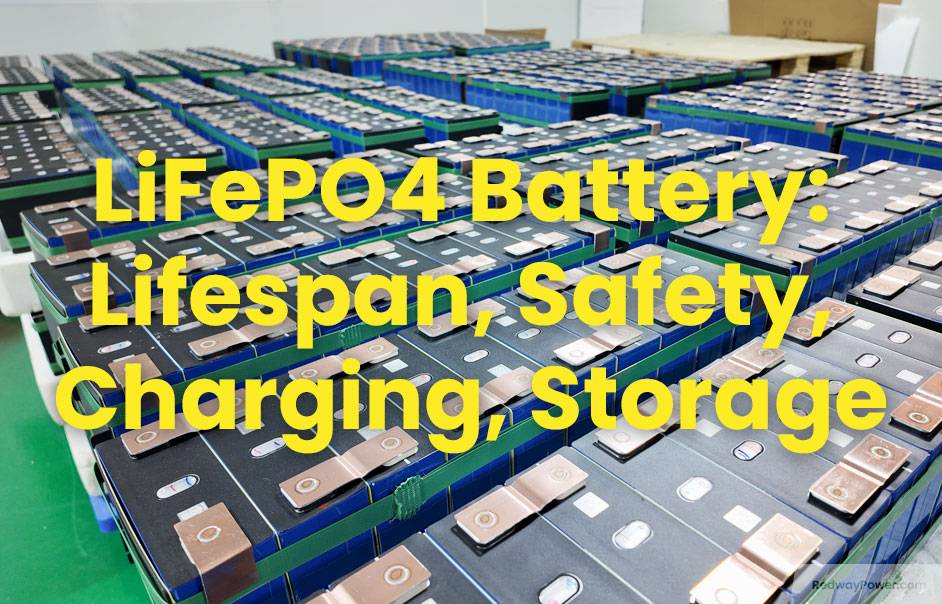- Forklift Lithium Battery
- Golf Cart Lithium Battery
- Rack-mounted Lithium Battery
51.2V 100Ah Rackmount LiFePO4 Battery
8000 times (80% DOD 0.5C)
Optional SNMP for TELECOM - Car Starter Battery
- 12V LiFePO4 Battery
12V 150Ah Lithium RV Battery
Bluetooth App | Self-heating
LiFePO4 | Group 31
UL 1642 | IEC 62619 - 24V LiFePO4 Battery
- 36V LiFePO4 Battery
- 48V LiFePO4 Battery
- 60V LiFePO4 Battery
60V 100Ah Lithium Battery (AGV, AMR, LGV)
Peak Discharge Current 400A
500 x 298 x 349 mm - 72V~96V LiFePO4 Battery
72V 100Ah Lithium Golf Cart Battery
Peak Discharge Current 315A (10S)
740 × 320 × 246 mm - Wall-mounted Lithium Battery
51.2V 100Ah 5kWh
Wall-mounted Battery532 x 425 x 170 mm / LiFePO4
>8000 Cycles (80% DOD 0.5C)
RS485 / CAN-bus
for Solar Home ESS - Home-ESS All-in-One
51.2V 32kWh
All-in-On HESS SystemPowerAll
51.2V / LiFePO4
>8000 Cycles (80% DOD 0.5C)
RS485 / CAN-bus / WiFi
All-in-One for Home ESS
How Can I DIY a 5S 16V LiFePO4 Battery?

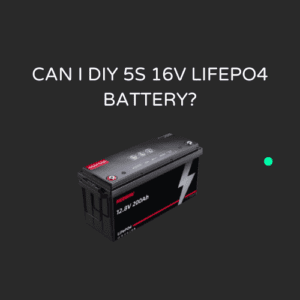
How do you assemble the cells into a 5S configuration?
Follow these steps to assemble your cells:
- Arrange Cells: Place five cells in a row, ensuring correct polarity (positive to negative).
- Connect Cells: Use nickel strips or bus bars to connect the positive terminal of one cell to the negative terminal of the next cell.
- Secure Connections: Solder connections carefully, ensuring no short circuits occur.
- Insulate Connections: Use insulation tape or heat shrink tubing to cover exposed connections.
| Step | Description |
|---|---|
| Arrange Cells | Line up five cells in series |
| Connect Cells | Solder nickel strips between terminals |
| Secure Connections | Ensure strong solder joints |
| Insulate Connections | Prevent accidental shorts |
What safety precautions should you take during the assembly process?
Safety is paramount when handling lithium batteries:
- Wear Protective Gear: Use gloves and safety glasses while working.
- Work in a Ventilated Area: Ensure good airflow to avoid inhaling fumes from soldering.
- Avoid Short Circuits: Keep tools away from exposed terminals during assembly.
- Handle Cells Carefully: Be cautious not to puncture or damage the cells.
How do you install a Battery Management System (BMS) for your LiFePO4 battery?
Installing a BMS is crucial for monitoring cell voltages and ensuring safe operation:
- Connect BMS Wires: Follow the manufacturer’s instructions for wiring the BMS to each cell’s terminals.
- Secure BMS: Mount the BMS securely within your battery enclosure.
- Test Connections: Use a multimeter to verify that all connections are correct before powering up.
How can you test and balance your DIY LiFePO4 battery pack?
Testing and balancing ensure optimal performance:
- Initial Voltage Check: Use a multimeter to measure each cell’s voltage before connecting them.
- Charge Fully: Charge the entire pack using an appropriate charger designed for LiFePO4 batteries.
- Balance Cells: After charging, check individual cell voltages; if discrepancies exist, use balancing techniques such as resistors or specialized balancers.
Industrial News
The demand for lithium iron phosphate (LiFePO4) batteries continues to rise due to their safety features, longevity, and environmental benefits compared to traditional lithium-ion batteries. Recent advancements in manufacturing processes have improved energy density while reducing costs, making these batteries increasingly popular in electric vehicles, renewable energy storage, and portable power applications.
Redway Power Expert Views
“Building your own LiFePO4 battery pack can be rewarding but requires careful attention to detail,” states a Redway Power expert. “By following proper assembly techniques and incorporating a quality BMS, users can enjoy enhanced performance and safety from their DIY projects.”
FAQs
Can I convert my golf cart to a lithium battery?
Follow these steps: 1. Remove old lead-acid batteries, clean the tray, and inspect cables. 2. Insert and secure new lithium batteries, ensuring correct cable connections. 3. Install a capacity meter to monitor battery charge. Converting to lithium offers benefits like lighter weight, longer lifespan, faster charging, and maintenance-free operation. With easy-to-follow instructions, you can upgrade your golf cart to lithium batteries and enjoy an enhanced golfing experience.
How many lithium batteries are needed for a 48V golf cart?
Several factors come into play, such as the desired mileage range, weight capacity, terrain, and power demands. Additionally, considering battery capacity, voltage, and size is crucial. Typically, a recommended setup involves using at least four 12V lithium batteries connected in series to achieve the 48V output. Each battery should ideally have a minimum capacity of 100Ah to provide sufficient range and performance. By carefully evaluating these factors, you can determine the optimal number of lithium batteries for your 48V golf cart and enjoy an enhanced golfing experience.
- Can I use any type of lithium cell for my DIY project?
No, it’s important to use specifically designed LiFePO4 cells for safety and performance reasons. - Is it safe to build my own lithium battery?
Yes, but it requires knowledge of electrical systems and adherence to safety practices. - What should I do if my battery pack is not charging correctly?
Check all connections, ensure compatibility with your charger, and verify that the BMS is functioning properly. - How often should I balance my LiFePO4 battery pack?
Balancing should be done periodically or whenever significant discrepancies in cell voltages are observed.
























